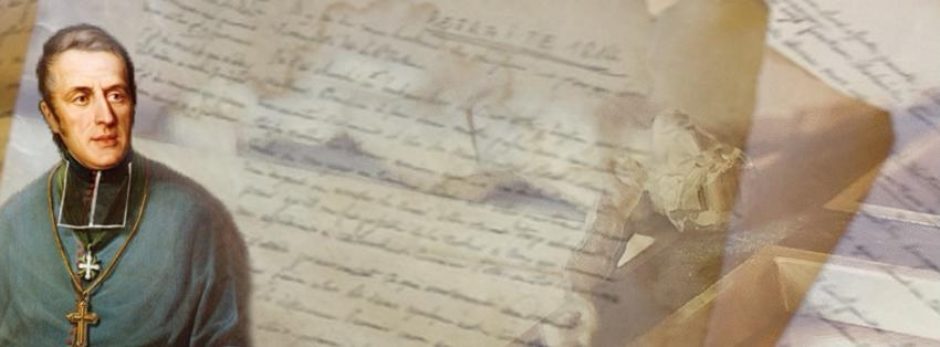Always aware of the needs of the most abandoned in his diocese, Eugene was concerned about the poor girls who came in from the countryside to look for work as domestics in the city. Coming from the rural villages they were often naive about city life and how to cope. Many landed in the wrong hands and were forced into immoral ways of life in order to survive. The same was true of domestics who had lost their jobs and were forced to walk the streets to survive.
He established a home to receive these girls on their arrival in Marseilles and to be safe until they found suitable work and accommodation. The house also was a safe haven for them in the event of their losing their employment.
Sister Geray will be at my disposal to start the work I have wanted for so long to establish… It is about founding a home to receive domestics who have lost their status, until they can be placed, and to accommodate young people who come from their areas for work and who face terribledangers before they find what they need.
Eugene de Mazenod’s Diary, 14 August 1840, EO XX

Eugene was a man who was quite plainly ahead of his time – all because he everyone – especially those who were deemed to be of little or no worth in the eyes of the world.
Eugene saw and recognized those who were the poorest of the world and set out to help them, starting first with his Youth Congregation for boys and young men and then later as we have just heard young women. As busy as he was he found other women to work with these girls – some who had been orphaned from the various epidemics that tore through the cities and others who had been lured into what today we call the sex trade and slavery. Eugene who said that it was something he wanted to do for awhile and who in his position as Bishop of Marseilles he was able to act on it.
We see this happening throughout the history of the congregation – wherever missionaries were sent and how they noticed the needs and how so often the solution was found in bringing in others (be they religious or lay persons) to help the poor no matter their circumstance or their origin.
A true story – of a young woman who by the time she was in high school was living in a dark and deadly way of living. Somehow she met an older woman who did not turn away from the troubled woman but rather struck up a friendship and began to introduce her to another way of living. Time passed and the two separated: the younger one settling deeper into addiction and hopelessness and the older continuing with her work and way of being until she died.
The younger woman – myself who found sobriety and life with God; the older woman was Kay Cronin – and Honorary Oblate, the first “lady Oblate” as they called her. Eugene de Mazenod still loving and teaching his sons and daughters to do the same. Kay, Honourary Oblate and me – an Oblate Associate. I was no different than any of those young women who Eugene dared to help.
It is as a daughter of St. Eugene in the Mazenodian Family that I look back and see how “…I am a part of all that I have met”.